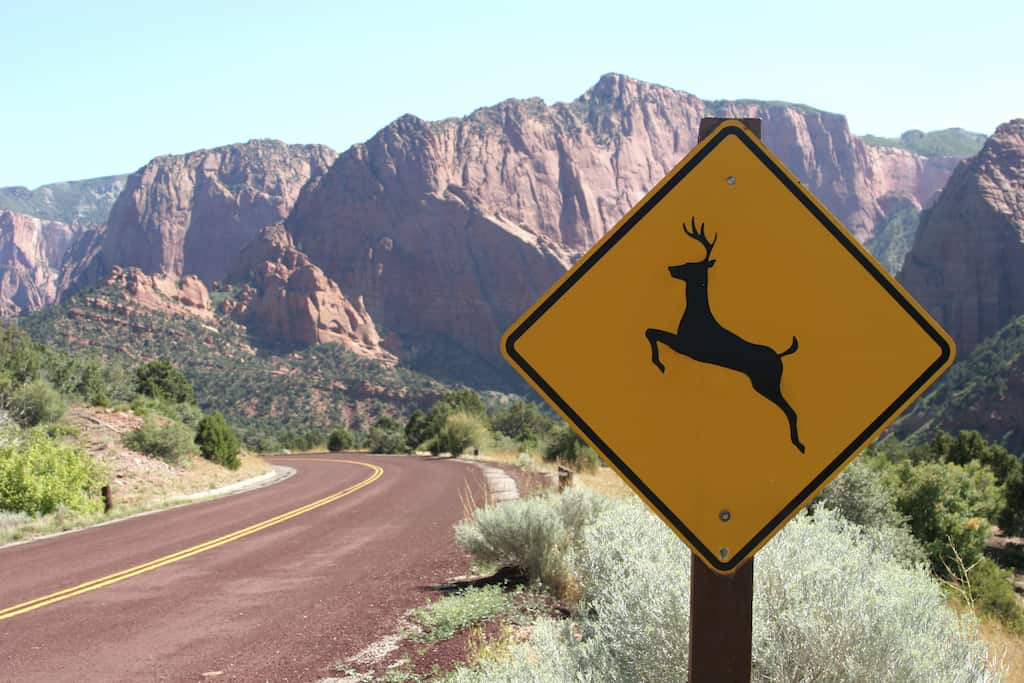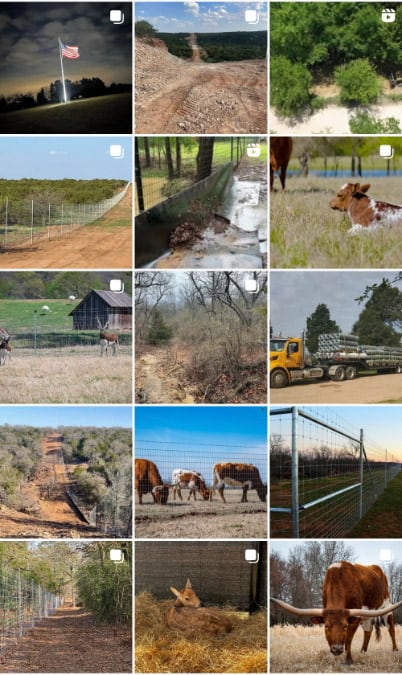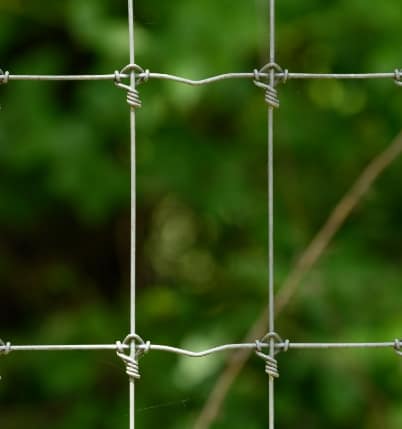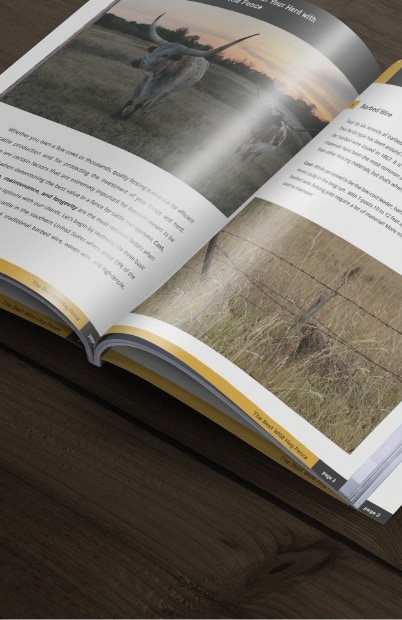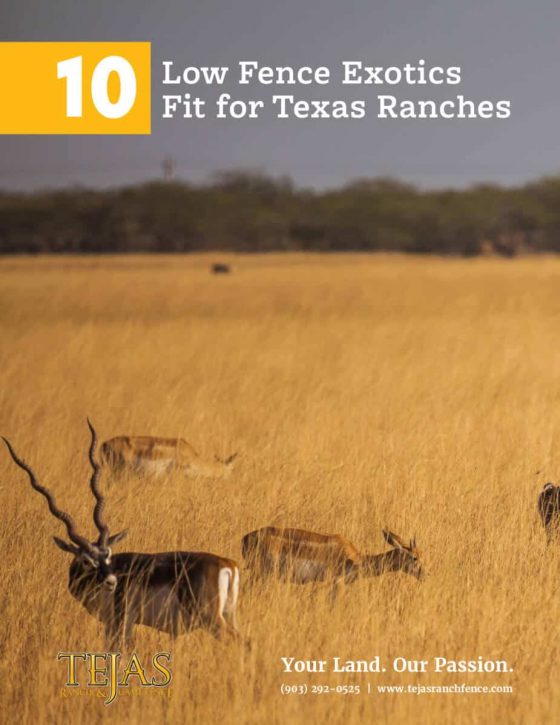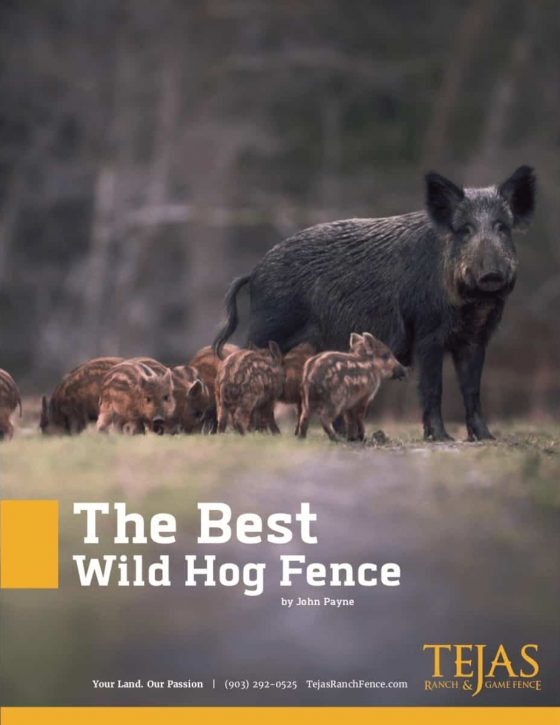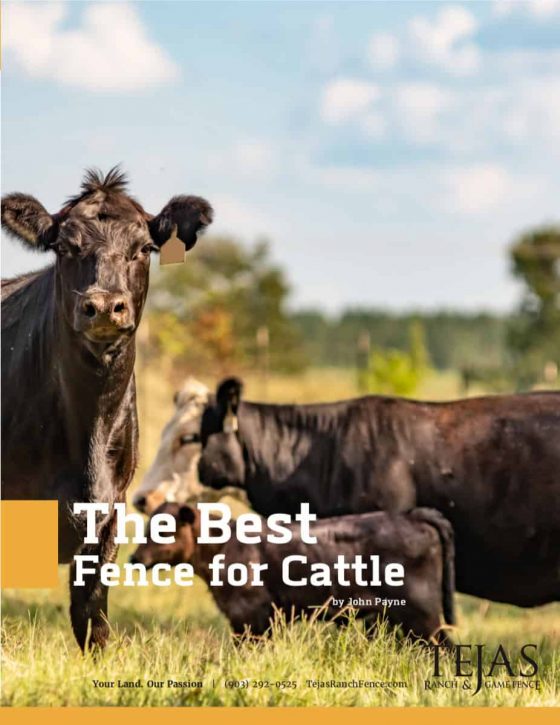While outdoorsmen and property owners may commonly associate high game fence with wildlife containment and protection from predators, another important application of wildlife barriers such as cattle fence, horse fence, and hog-proof fence is along roadways.
According to the U.S. Federal Highway Administration, some significant statistics point to the need for deer fencing along roadways (http://environment.fhwa.dot.gov/ecosystems/wvc/ch1.asp#one-1):
- An estimated one to two million collisions between cars and large animals occur every year in the United States.
- The number of wildlife-vehicle collisions (WVCs) is steadily increasing.
- Not only are WVCs a human safety threat, but 21 Federally listed threatened or endangered animal species in the United States have been documented as species for which road mortality is a major threat to survival.
In their 2005 report, “Characteristics of Vehicle-Animal Crashes in Which Vehicle Occupants Are Killed,” (http://www.ncbi.nlm.nih.gov/pubmed/15823876) William F. Allan and Joann K. Wells detail how, over a 10-year period, nearly 1,500 people were killed in motor vehicle collisions with animals. These crashes occurred primarily in rural areas, on roads with 55 mph or higher speed limits, during evening or nighttime hours, and in darkness.
Federal and state Departments of Transportation have clearly taken notice, as studies on wildlife-vehicle collisions have increased, as have installations of deer fencing along roadways.
Just earlier this year, 48 miles of deer fencing was contracted along Interstate 70 in Colorado. The Washington State Department of Transportation installed nine miles of wildlife fencing along US 97A in 2011, including one-way gates that allows wildlife (and people) to exit the highway. This latter project was constructed with the anticipation that total vehicle-wildlife collisions could be reduced by as much as 50%. According to WSDOT, “While not based upon statistically valid methodologies, an 80% reduction in vehicle/wildlife collisions has been recorded since the first section of fencing was completed in 2009.” (http://www.wsdot.wa.gov/NR/rdonlyres/D9783492-E6ED-475F-AB9E-41F0884E904F/0/20WildlifeFence.pdf)
Across the United States, from Washington to New York, and from California to Texas to Georgia, the increased recognition of the hazards of deer and wildlife collisions with vehicles is resulting in the study of, and installation of, safety measures in the form of high fence built with quality ranch fence materials that will not only preserve wildlife, but save the lives of countless people.
For more information about deer fence solutions for roadways or private property, call Tejas Ranch & Game Fence at (903) 292-0525.
